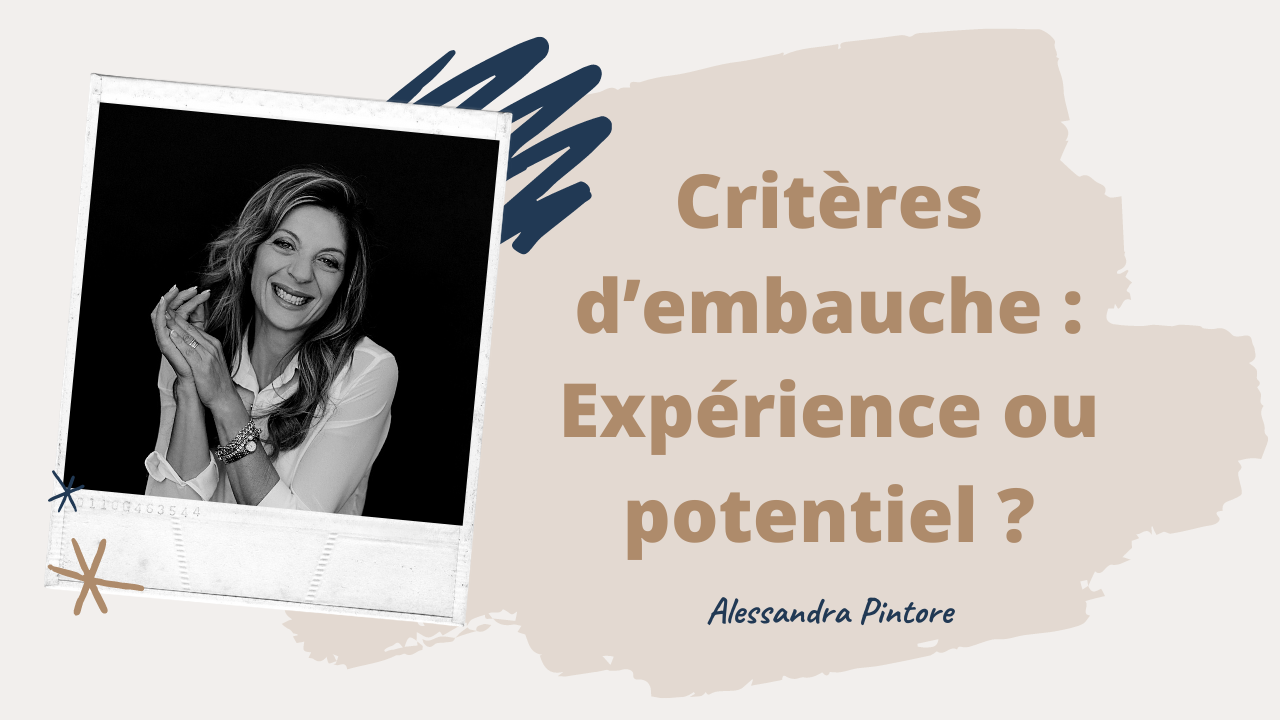
Here is the second of two articles about mental imagery. In the previous article we explained the technique and how it helps the performance and development of emotional intelligence. This article will focus on the step-by-step process for using it to learn and integrate "soft skills" such as controlling emotions, stress management, public speaking, versatility, influence, creativity, managing conflicts, etc.
We have defined mental imagery as a mental training technique that successful people use to prepare for action, repeating and training their thoughts, feelings, and behaviours in order to optimize performance and well-being. Although frequently used to improve physical performance, mental imagery can also enhance activities with a cognitive and emotional component.
Mental imagery is an excellent technique for regaining control, finding balance and strengthening our emotional stamina. Taking a step back from your emotions and seeing them as an observer changes the way the brain processes feelings.
Mental imagery, step-by-step
Step 1: Get ready physically, emotionally and mentally
Mental imagery is much more productive when you are in a state of great mental availability. Be sure to set aside your current concerns and eliminate distractions in order to help create images and maximize brain potential (alpha waves enable 15x more learning...whereas in general, we're in beta mode).
Step 2: Conduct a Post-Mortem
A post-mortem is a retrospective review of the event or situation you want to change or improve. It is an opportunity to analyze your past performance and evaluate your decisions and actions. Examine the situation and review what happened. Ask yourself:
- What did I find particularly difficult or disturbing?
- What was the source causing my tension or reaction?
- What happened inside of me?
- How did I react?
- Would I have wanted to act differently?
The key to this technique is the ability to question your emotional reactions rather than simply submitting to them.
Step 3: Mentally imagine the performance
in this step, visualization is used to develop and develop more effective strategies. Ask yourself how you could change your reaction, your thinking and to reframe situations – to see them differently:
- How would I like to react?
- What would I like to say?
- What could I do to remain calm the next time this happens?
- How would I like to handle the situation?
- What would I do differently the next time?
It is the step in which to imagine situations as we would like them to happen - how we would like to achieve our goals. We review all the parts of the encounter in a systematic way, the steps that must take place as well as ourselves overcoming the challenges. These mental representations of visualization should be closer to reality.
Perspective is our point of view during imaging and can be considered in two ways:
- A first-person perspective (internal visual imagery): see what we would see if we really experienced the action.
- A third person perspective (external visual imagery): see the action from the outside as an observer. From this perspective we observe our action from several angles to improve how we handle the relevant details.
There is no consensus on which perspective is best. The first-person perspective may be better for repeating attitudes and emotions or for repeating a strategy. A third-person perspective may be use to revise the form when performing a technical skill. Athletes report using both alternately.
Step 4: Use all your senses
Visualization is certainly an important part of the method, but the visual image alone is limiting. A kinaesthetic, an emotion or a feeling, is also necessary. We must imagine the most accurate and precise mental representation possible in all dimensions. Here, it's about experiencing the feelings related to your visualization: emotions, smells, sounds, etc.
Kinaesthetic images involve re-creating the physical sensations you might feel. It may also include awareness of your body movements or facial expressions or your positioning in space. Emotions are also an important element of an image's feeling, and for an image to be realistic, you must recreate the emotions felt during the activity. Repeating and developing the emotional reactions you want to feel during an activity is an excellent reason for using imagery.
Step 5: Recreate in great detail
Intensity, accuracy and positivity. The technique’s effectiveness also depends on the quality of the images produced. Mental images must be vivid, that is, clear and detailed. The clearer and more detailed an image, the more effective it is.
On the other hand, mental images must be accurate, that is, they must reflect reality as accurately as possible. It is important to imagine as many details such as: the physiognomy of people, the size and weight of objects, their placement, location, the distance between them, the surrounding space, etc.
Another thing to avoid when using images is negative language such as "Don’t do that!" or "Don’t say that!” Our brains do not deal with negative language without introducing what we do not want to see or do. Concentrate, and use words that only reflect what you want to do.
Step 6: Control and repeat
The images must then be controlled. This means being able to build sustained images for as long as needed and knowing how to manipulate, transform, evolve and adjust them in response to learning in order to progress. This involves not only physical skills, but also psychological states such as confidence and motivation. You want to control your image so that it meets your expectations.
A positive effect cannot, however, be achieved and maintained without regular and diligent practice. Experts recommend practicing imaging for at least 20 minutes, at least three times a week.
Sometimes, we can become frustrated by the lack of control of the images or their intensity. In this case, it is important to remember that imaging is a skill that can be developed with sustained practice, just
like any other skill. Knowing the results we might achieve, we must decide if we are ready to invest in order to overcome the frustration that may occur along the way.
In this article, I wanted to show that mental imagery is not an approach exclusively for high performance athletes, nor is it an esoteric approach. On the contrary, it is a scientific mental preparation that helps perform and master our professional skills. Whatever your purpose, this technique helps you to relax and find solutions, but most importantly, it can improve your effectiveness and well-being in the workplace. Best of luck!





